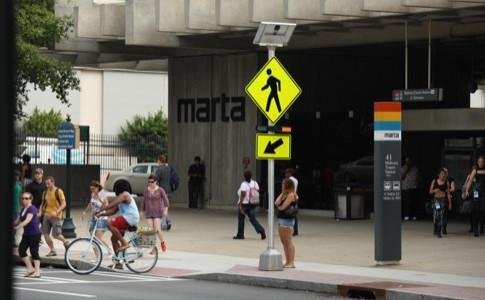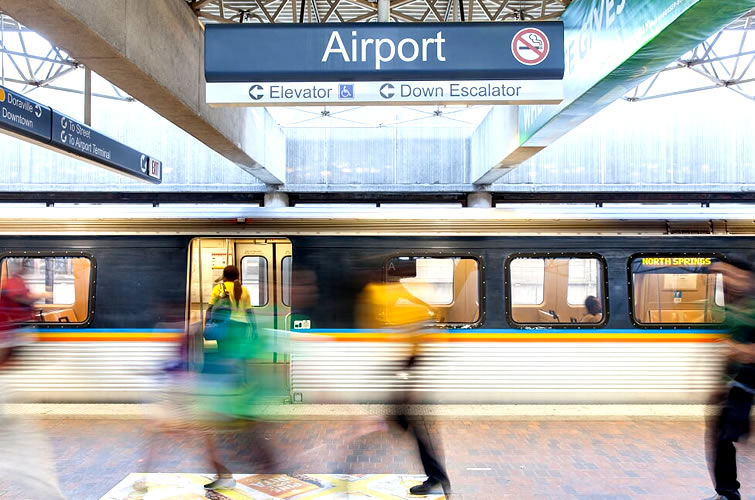

Nonstops to Europe started in 1978 and to Asia in 1992–93.Ītlanta claimed to be the country's busiest airport, with more than two million passengers passing through in 1957 and, between noon and 2 p.m. The first trans-Atlantic flight was a Delta/Pan Am interchange DC-8 to Europe via Washington starting in 1964 the first scheduled international nonstops were Eastern flights to Mexico City and Jamaica in 1971–72. The first scheduled turbine airliners were Capital Viscounts in June 1956 the first scheduled jets were Delta DC-8s in September 1959. In 1957, Atlanta saw its first jet airliner: a prototype Sud Aviation Caravelle that was touring the country arrived from Washington, D.C. Southern Airways appeared at ATL after the war and had short-haul routes around the Southeast until 1979. Delta and Eastern had extensive networks from ATL, though Atlanta had no nonstop flights beyond Texas, St. In 1942, Candler Field was renamed Atlanta Municipal Airport and by 1948, more than one million passengers passed through a war surplus hangar that served as a terminal building. Atlanta Army Airfield closed after the war. During World War II, the airport doubled in size and set a record of 1,700 takeoffs and landings in a single day, making it the nation's busiest in terms of flight operation. The Air Force used the airport primarily to service many types of transient combat aircraft. government declared it a military airfield and the United States Army Air Forces operated Atlanta Army Airfield jointly with Candler Field. The March 1939 Official Aviation Guide shows fourteen weekday airline departures: ten Eastern and four Delta. Candler Field's first control tower opened March 1939. Ītlanta was a busy airport from its inception, and by the end of 1930, it was third behind New York City and Chicago for regular daily flights with sixteen arriving and departing. The airport's weather station became the official location for Atlanta's weather observations on September 1, 1928, and records by the National Weather Service. Those two airlines, later known as Eastern Air Lines and Delta Air Lines, respectively, would both use Atlanta as their chief hubs.

In May 1928, Pitcairn Aviation began service to Atlanta, followed in June 1930 by Delta Air Service. The first flight into Candler Field was September 15, 1926, a Florida Airways mail plane flying from Jacksonville, Florida. As part of the agreement, the property was renamed Candler Field after its former owner, Coca-Cola tycoon and former Atlanta mayor Asa Candler.

The lease was signed on April 16, 1925, by Mayor Walter Sims, who committed the city to develop it into an airfield. Hartsfield–Jackson began with a five-year, rent-free lease on 287 acres (116 ha) that was an abandoned auto racetrack named The Atlanta Speedway. The airport's domestic terminal is served by MARTA's Red and Gold rail lines.Ī view of the International Concourse E and control tower at night Candler Field/Atlanta Municipal Airport (1925–1961) The airport is mostly in unincorporated areas of Clayton County, but it spills into the city limits of Atlanta, College Park, and Hapeville, in territory extending into Fulton County. The airport has international service within North America and to Latin America, Europe, Africa, Middle East and East Asia. Aside from Delta, Hartsfield-Jackson is also a focus city for low-cost carriers Frontier Airlines and Southwest Airlines. In addition to hosting Delta's corporate headquarters, Hartsfield–Jackson is also the home of Delta's Technical Operations Center, which is the airline's primary maintenance, repair and overhaul arm. With just over 1,000 flights a day to 225 domestic and international destinations, the Delta hub is the world's largest airline hub and is considered the first mega-hub in America. Hartsfield–Jackson is the primary hub of Delta Air Lines. Hartsfield-Jackson Airport has been the world's busiest airport by passenger traffic since 1998, with over 93.6 million passengers (As of 2022). ATL covers 4,700 acres (1,900 ha) of land and has five parallel runways. It is named after former Atlanta mayors William B. The airport is located 10 mi (16 km) south of the Downtown Atlanta district. Hartsfield–Jackson Atlanta International Airport ( IATA: ATL, ICAO: KATL, FAA LID: ATL), also known as Atlanta Hartsfield–Jackson International Airport, Atlanta Airport, Hartsfield, Hartsfield–Jackson and, formerly, as the Atlanta Municipal Airport, is the primary international airport serving Atlanta, Georgia, United States. Source: Hartsfield–Jackson Atlanta International Airport


 0 kommentar(er)
0 kommentar(er)
